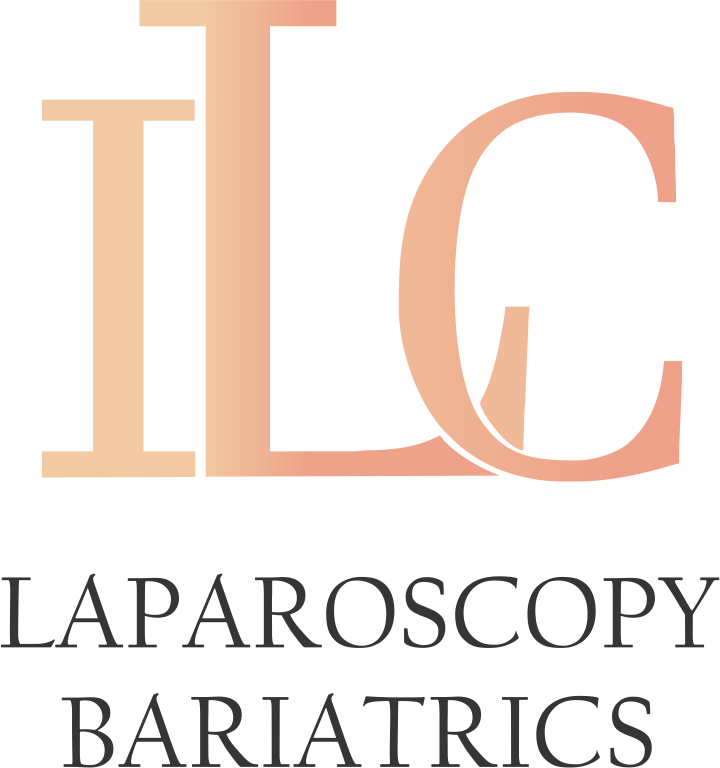- Phone : +91-9691481578
- Email : drachalagrawal@gmail.com
- Opening Hours : 10:00am to 07:00pm
Request a callback

An epigastric hernia is a type of hernia that occurs in the upper part of the abdomen, in an area called the epigastrium. The epigastrium is the region between the ribcage and the belly button.
An epigastric hernia occurs when a small part of the intestine or other abdominal tissue protrudes through a weak point or opening in the surrounding muscle or fascia of the upper abdomen. The weak spot can be caused by a variety of factors, including a natural weakness in the abdominal wall or strain on the muscles due to activities like lifting heavy objects.
Symptoms of an epigastric hernia may include a small, soft bulge or lump in the upper abdomen, pain or discomfort in the area, and nausea or vomiting. Most epigastric hernias are small and do not cause serious symptoms. However, if the hernia becomes trapped, also known as incarcerated, it can become a medical emergency and require immediate treatment.
Epigastric hernias are typically diagnosed by physical examination or imaging tests like an ultrasound or CT scan. Treatment may involve watchful waiting if the hernia is small and not causing any symptoms, or surgery to repair the hernia if it is causing symptoms or is at risk of becoming incarcerated.
Request a callback
Epigastric hernias happen when a tiny portion of the intestine or other abdominal tissue pushes through an opening or weak spot in the muscles or fascia that surround it in the upper abdomen. Although the precise aetiology of an epigastric hernia is not always understood, there are a number of things that could have an impact on its occurrence, such as:
Natural weakness: Certain individuals may naturally have a weaker abdominal wall, which increases their risk of having an epigastric hernia.
Obesity: Being obese or overweight can put additional strain on the abdominal wall, weakening it and increasing the risk of an epigastric hernia.
Pregnancy: During pregnancy, the abdominal wall is subjected to more pressure, which can weaken the muscles and raise the risk of an epigastric hernia.
Straining: Heavy lifting, straining, or pushing: These activities can put pressure on the abdominal muscles and raise the risk of an epigastric hernia.
Previous surgery: The muscles in the abdominal region may become weaker as a result of scar tissue from earlier operations, which raises the danger of a hernia.
Congenital defects: Epigastric hernias can occasionally be brought on by congenital abnormalities, such as a weak area in the abdominal wall that existed at birth.
Although an epigastric hernia can present with a variety of signs and symptoms, some of the most typical ones are as follows:
Frequently Asked Questions
The Amazing Steps Of Our Treatment
1
Book your Appointment
2
In Person Counselling
3
Weekly Followup

get in touch
Give Your Loved Ones Quality Care You Can Trust

Quick Link
Hernia Treatments
get in touch
©Copyright 2023. All Rights Reserved.